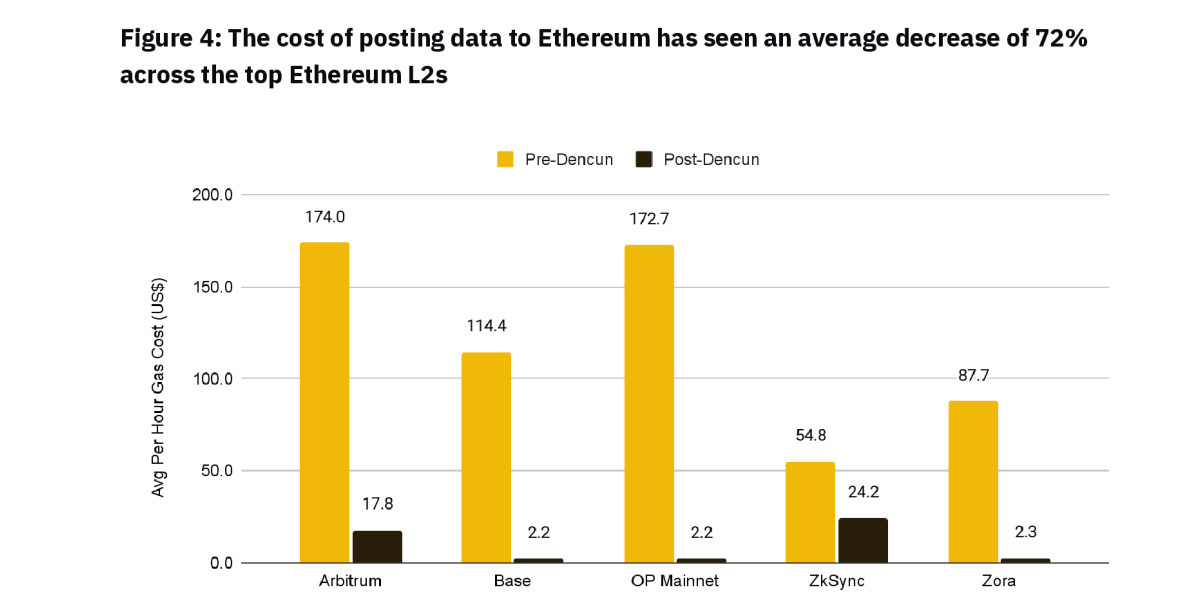So, before we get our hands dirty, what exactly is Data Availability in blockchain technology? The term actually sounds quite self-explanatory if you ask me, but frankly, the term is a lot more technical, even for the average blockchain and crypto user.
Data availability is primarily a developer-centric concept, as rollup developers are mostly the ones in constant interaction with the DA layer. Since blockchain end users typically do not interact with transaction data, it’s normal for them not to care about how their data is handled. A typical case in point is how users barely have control over how much of their data can be used by big tech companies in the Web 2 space, like the giant social media platforms.
So, what exactly is Data Availability, and how important is it to the end user, rollup developers, and blockchain nerds in general? To have a better understanding, we’ll have to dive deep into the Ethereum Dencun hard fork that went live on March 13th this year.
Data Availability Explained in Simple Terms
In all blockchain systems, the Data Availability or the DA layer ensures that transaction data is systematically made available on-chain. In quite literal terms, the word appears to be quite self-explanatory, until we involve the term Data Retrievability. DA is not the same as Data Retrievability in the sense that DA only refers to the “confidence a user can have that the data required to verify a current block is truly available to all network participants.”
The strong confidence that the required data is truly available to all network participants for verification is not synonymous with the typical historical database on blockchains.
Ethereum’s Dencun Upgrade and EIP-4844 were primarily focused on solving the DA problem by including a new transaction type known as the blob-carrying transaction.
You see, the blob-carrying transactions have this unique feature where it incorporates an additional piece of information called a blob. The blob-carrying transactions are never executed on the EVM; instead, they are executed in the consensus layer.
The blob allows users to temporarily solve the data availability problem without overloading the Ethereum L1 block space.
Below is a clear distinction between the blob-carrying transactions update and the Ethereum L1 block space previously.
| Feature | Ethereum L1 block space | EIP-4844 blob space |
| Seen by all nodes? | Yes | Yes |
| How Long is data stored | Permanently(forever) | Approx – 18 days |
| Visible to EVM | Yes | Yes |
| Gas Market | Main Ethereum L1 gas market | Separate blob gas market |
According to Binance reports, the impacts have been felt mainly by L2 Rollups. Their transaction fees have decreased by 50-95%, and similarly, the cost of posting data to Ethereum has seen an average decrease of 72% across the top Ethereum L2s.

Data Courtesy of Dune Analytics (@21co), Binance Research, as of April 9, 2024.
Land a High-Paying Web3 Job in 90 Days: The Ultimate Roadmap
